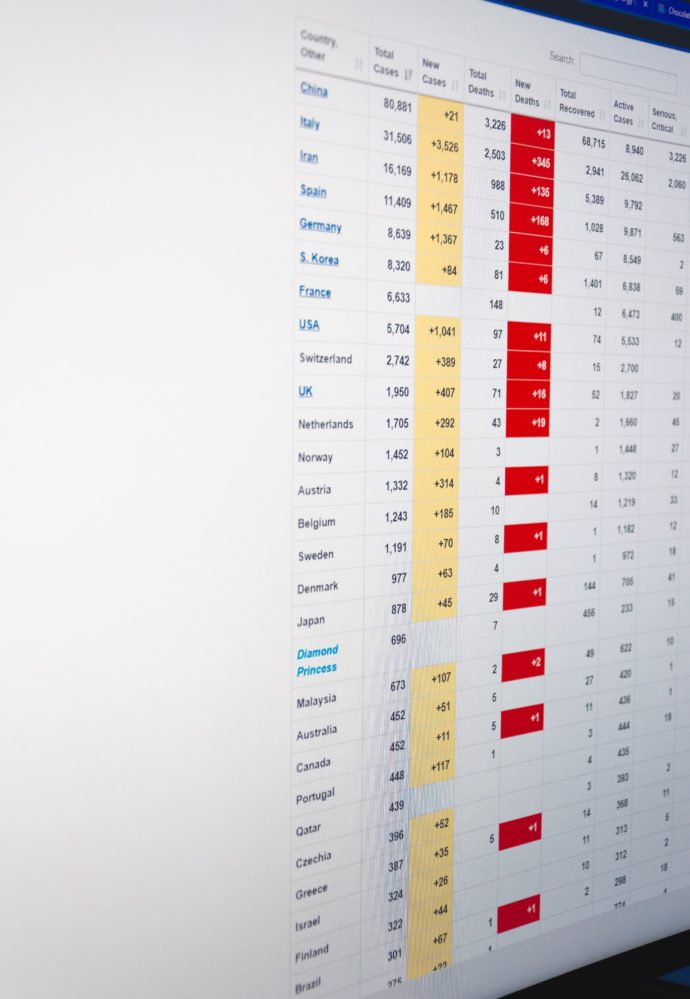Based on the CDC’s Cases in the U.S. website, here is the FEHBlog’s chart of new weekly COVID-19 cases and deaths over the 20th through 31st weeks of this year (beginning May 14 and ending August 5; using Thursday as the first day of the week in order to facilitate this weekly update):

and here is the CDC’s latest chart of weekly rates per 100,000 of COVID-19 hospitalizations without regard to age:

The CDC’s weekly surveillance summary states that
Nationally, levels of influenza-like illness (ILI) are below baseline but higher than typically seen at this time of year. Indicators that track ILI and COVID-19-like illness (CLI) showed decreases nationally from week 30 to week 31, with decreasing or stable (change of ≤ 0.1%) levels in all regions of the country. Nationally, the percentage of laboratory tests positive for SARS-CoV-2 decreased from week 30 to week 31 and decreased in nine of ten HHS regions.
As of today’s CDC report the nation has experienced nearly 4.9 million cases of COVID-19 and 158,887 COVID-19 related deaths this year.
Kaiser Health News reports that two COVID-19 vaccine developers are having no problem recruiting 60,000 Americans to test their still experimental vaccines. One of the vaccines in the third and final phase of trials is made by Pfizer and BioNTech, a German company, and the other by biotech startup Moderna with support from NIH.
The Wall Street Journal reports tonight that the latest round of COVID-19 relief bill negotiations today was unsuccessful.
It wasn’t known whether negotiations could later resume, potentially among a different constellation of leaders. Both Mr. McConnell and Mr. Trump haven’t been in the room for the past two weeks of talks. Mrs. Pelosi said Democrats weren’t interested in peeling off a short-term extension of just the federal unemployment insurance, as Republicans had proposed in the closed-doors negotiations. One possibility is that the debate over coronavirus aid gets merged with discussions expected in September about keeping the government running when its current funding expires on Oct. 1.
In the meantime, we may see executive orders from the White House.
The Federal Times reports on the U.S. Postal Service’s second quarter financial results. “Though revenue for the first three quarters of 2020 is $553 million greater than for the same period in 2019, due in part to a strong increase in package volume, the agency continues to report significant losses of $2.2 billion in the third quarter of this year compared to a net loss of $2.3 billion for the same quarter last year.”
In healthcare news –
- HHS’s Agency for Healthcare Research and Quality has issued a timely Brief on Telediagnosis for Acute Care: Implications for the Quality and Safety of Diagnosis. The Director of AHRQ’s Center for Quality Improvement and Patient Safety observed that “The use of telemedicine is growing at the same time it is evolving rapidly. These changes will make the healthcare ecosystem increasingly reliant on telemedicine for several aspects of care, including diagnosis. Now is the time for the research community to come together and help ensure telemedicine is as safe and effective as possible.”
- MedCity News reports that an eight year old primary care company, Oak Street Health, has successfully issued public shares of stock in its business. “Oak Street [which is based in Chicago] currently operates in nine states, striking value-based care agreements to care for Medicare and Medicare Advantage patients. That model has helped Oak Street where many primary care clinics have struggled as in-person visits have dropped during the Covid-19 pandemic. More than 97% of its revenue is tied to value-based contracts, according to its prospectus.” Good luck.

